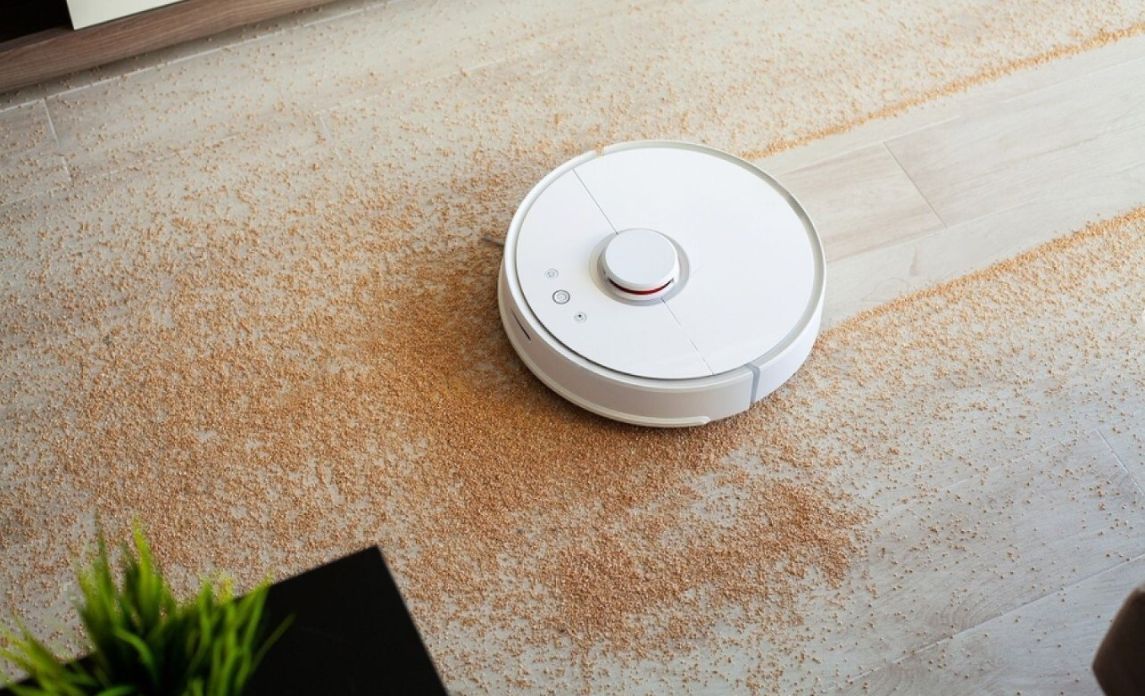One of the best things about technology is that it has spurred an incredible level and speed of growth across industries. Through the help of robotics and artificial intelligence (AI), businesses of all kinds and sizes have become more productive and competitive.
However, there are also big concerns surrounding robotics and AI that have sparked debates between supporters and sceptics. In particular, there’s a notion that humans will soon be replaced by robots in a vast majority of jobs to increase sales and lower costs.
A perfect example here would be the cleaning industry. If commercial cleaning companies use robots for various tasks and manufacturers continuously come up with new automatable cleaning machines, will there still be human cleaners in the future?
The answer here is a resounding yes. While robots can indeed be more efficient, there’s still a lot that they can’t do. What’s more, robots and AI aren’t completely autonomous. Rather, they still need humans for programming, control, and maintenance.
Let’s take a look at the differences between human and automated cleaning, as well as how they work together.
Customer Experience
There’s no doubt that using robots can make cleaning more efficient. This is especially true in specific situations, such as cleaning and polishing a large floor area like those found in airports or sports stadiums.
However, you can’t talk or interact personally with robots. This is something that’s perfectly fine for some customers, but there are also those who prefer to communicate with a human being (in the same way that there are customers who prefer to talk to a live agent rather than listen to a pre-recorded voice).
Besides, a client can’t very well give a robot specific cleaning instructions or clarify points regarding a cleaning contract. Most of these matters will still go through a human being because they require nuance.
In short, if a cleaning business is aiming for customer satisfaction, using robots and AI alone will never be enough. These tools are great for service delivery, but customer service will always require a human touch.
Avoiding Disease
One of the biggest advantages of robots over humans is that they can’t get sick. They’re machines and therefore not susceptible to fatigue, muscle strain, and various diseases like the flu or COVID.
This allows cleaning businesses to continue providing their services to their clients even during less-than-ideal circumstances. In the case of COVID, for example, there’s less worry about workers catching the virus when a UV robot can be deployed to disinfect a client’s premises.
Of course, this doesn’t mean that humans can’t perform the same job in a safe manner. With the right personal protective equipment, humans can lower the risk of infection. Still, you don’t have to take as many health and safety precautions if you can use robots and other automated cleaning machines.
Maintenance of Machines
As previously mentioned, cleaning machines and robots don’t experience the same physical issues like humans. Nevertheless, this doesn’t mean that automated cleaning equipment and robots don’t need to rest. Indeed, any machine that gets used for hours on end will eventually break down due to excessive wear and tear.
Do note that there are some machines with features that make them easier to clean. That said, machines cannot use these features autonomously; humans still need to activate them and conduct these maintenance procedures.
Humans also need to disinfect robots after a cleaning session. While robots are immune to disease, the humans who handle them aren’t. Ultimately, automated cleaning machines are not completely autonomous and still need some human assistance in certain situations.
Thoroughness
Most of the time, automated cleaning is more than enough. However, there may also be times when they won’t be as thorough. For example, there may be nooks and crannies that bulky machines won’t be able to reach. In such a situation, it’s better to have a human worker conduct a follow up or perform the cleaning themselves.
After-Hours Cleaning
For establishments that run 2/7, automated machines can be put to good use so that customers always arrive in a clean space. Certain robotic cleaners, such as floor sweepers and polishers, can be programmed to run at off-peak times and after hours. This way, you can avoid disruption while still maintaining high standards of cleanliness. It also reduces the need for overtime and night-shift cleaning schedules.
Handling Data
One of the best things about automated cleaning is the amount of data you can collect from your customers. From the average time it takes to complete a job to the most requested cleaning services, there’s so much information you can gather more efficiently.
In addition, robots and machine learning will have no biases. They collect any and all data that they’re programmed to collect. As such, you’ll have a more comprehensive look at several facets of your business.
On the other hand, the amount of data you have won’t matter if it isn’t processed into actionable information and insights. This is why humans must still be involved. Knowing that customers ask for more frequent cleanings during the flu season is good. Creating a more efficient booking system and offering new services in response to this demand is even better.
The bottom line here is that both the human touch and automation have a place in the cleaning industry. They complement rather than overshadow one another, which all in all makes for better efficiency and greater productivity.


